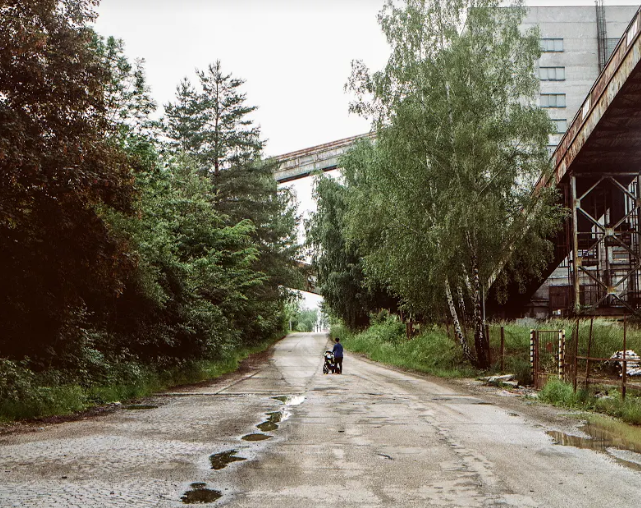
Slovakia will phase out subsidies for coal mines supplying one of the country’s most polluting power plants, Novaky (266 MW), in the region of Upper Nitra, as of 2023, sooner than expected. The announcement was made Monday by Peter Ziga, Slovakian Economy Minister, to media in the country.
Currently, the Slovakian government is subsidising coal mining in the country with 103 million euros annually. After the rise of the ETS prices in September, the annual subsidy rose to EUR 115,7 million annually.
The mines feeding coal into the Novaky plant are owned by private company Hornonitrianske Bane Prievidza (HBP), a company that in the past has been marred by corruption allegations.
The government had initially planned to offer the subsidies, which represent a payment of 4,000 euros monthly per miner (2000 miners), up until 2030, but over the last year voices from the government indicated it might be possible to cut the aid short.
The main operator of the Novaky power plant, state-owned Slovenske Elektrarne, had announced earlier this year that extending the life of the Novaky plant beyond 2023 would require significant investment to keep the 54-year-old plant functioning.
With the announcement of cutting state aid after 2023, the government has dealt a serious blow to HBP, which had been pressing for extending the life of the plant and continued support for the mines.
Yet the government shied away for committing to a coal phaseout in Slovakia. Instead, it is hoping that the cutting of state aid would make the low quality lignite extracted by HBP impossible to place on the free market, as also the Slovak Antimonopoly office confirmed. In almost all of central and eastern Europe, without governmental support, domestic lignite has stopped making economic sense.
The economics of coal in Slovakia is clear: the time for lignite has ended and coal in the heat sector is also in retreat. The government now needs to be brave and declare a clear date for a national phaseout. This would allow the proper preparation of coal regions and the heat sector for the transition.
What is extraordinary about Slovakia is that citizens and local authorities have already started preparing for a future without coal. In Upper Nitra, the country’s main coal region and a pilot region for the European Commission’s Platform for Coal Regions in Transition in 2018, local authorities have been driving a participatory process of creating an action plan to move muncipalities and the region beyond coal.
While the national government initially ignored these efforts, pressures by civil society have forced it to take this action plan into account and integrate it into national planning. But, without a phaseout date, it is hard to plan and act.
People in the Trencin/Upper Nitra coal region on 10 November confirmed that they want a coal phase out, when politicians, which worked hard on re-development of the region, strongly won the municipal elections.
The Slovakian government this week has taken a step in the right direction. It needs to follow up quickly with a clear phaseout date, and support citizens and local authorities who are already preparing for the transition, rather than stifle their efforts through its evasiveness.
Photo by Michal Burza (for Greenpeace)
